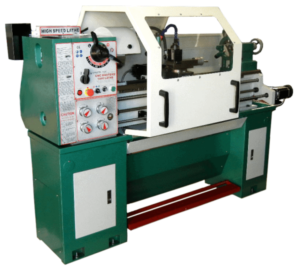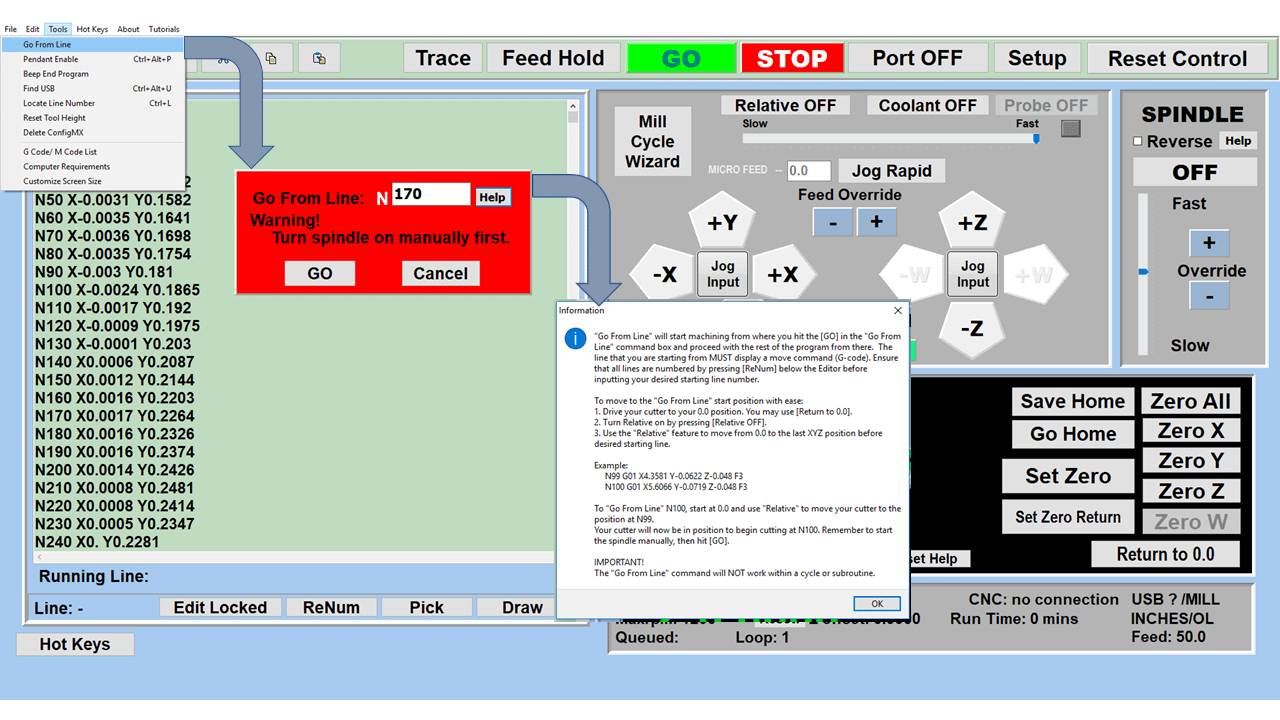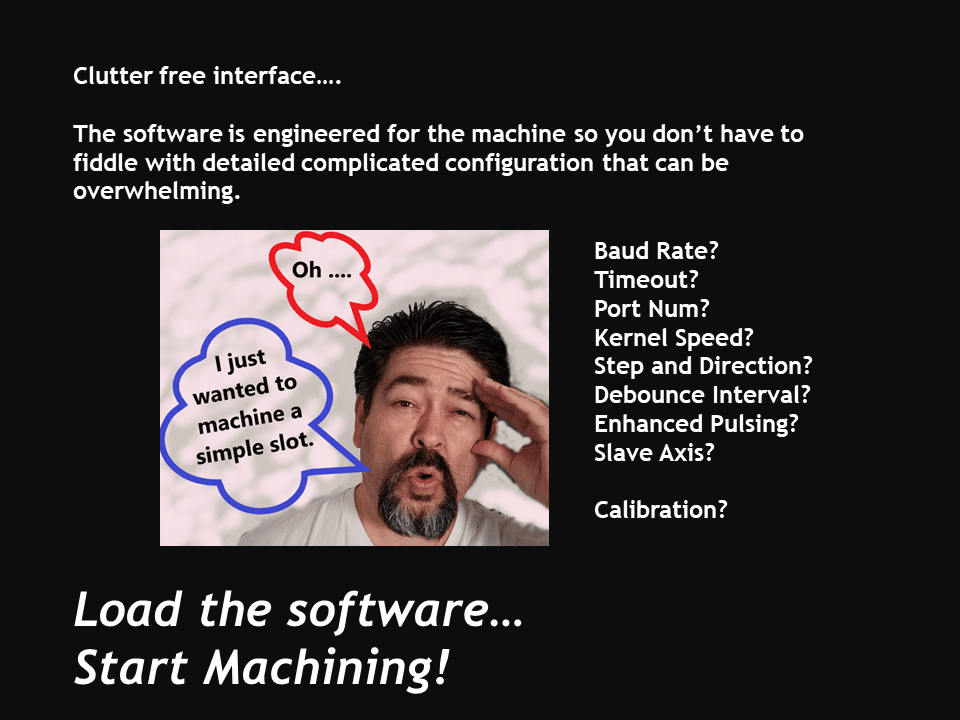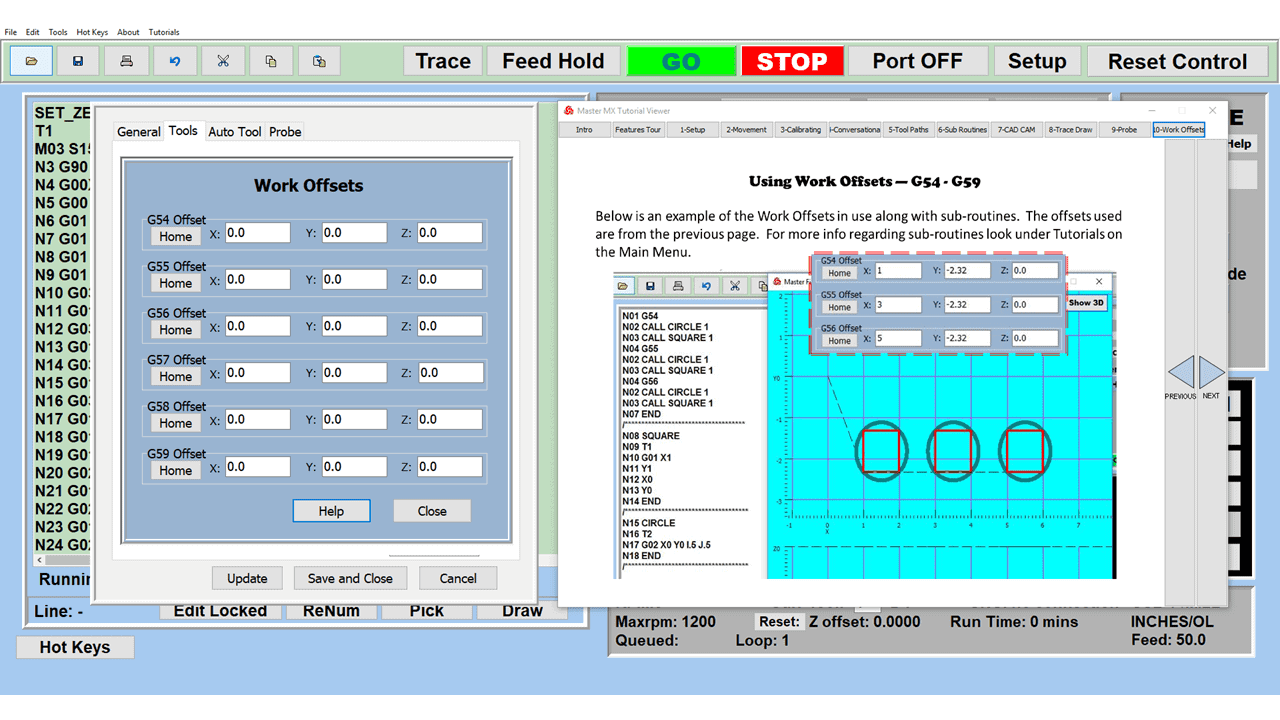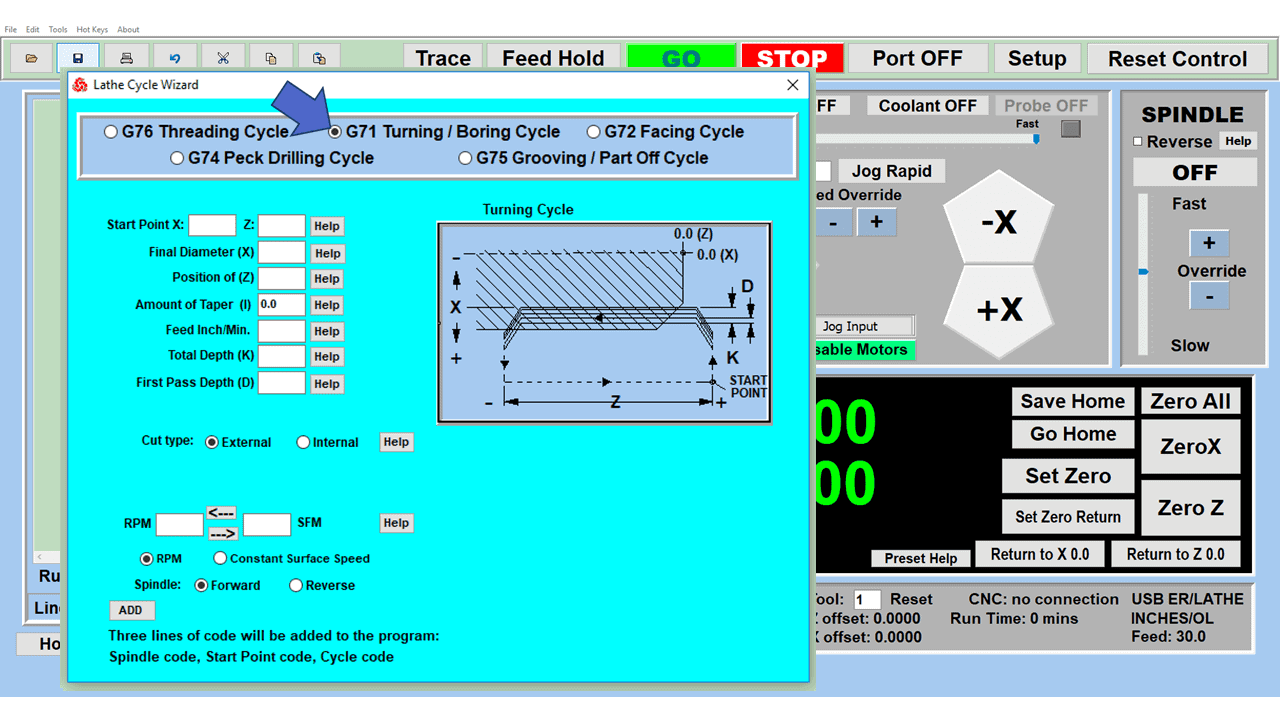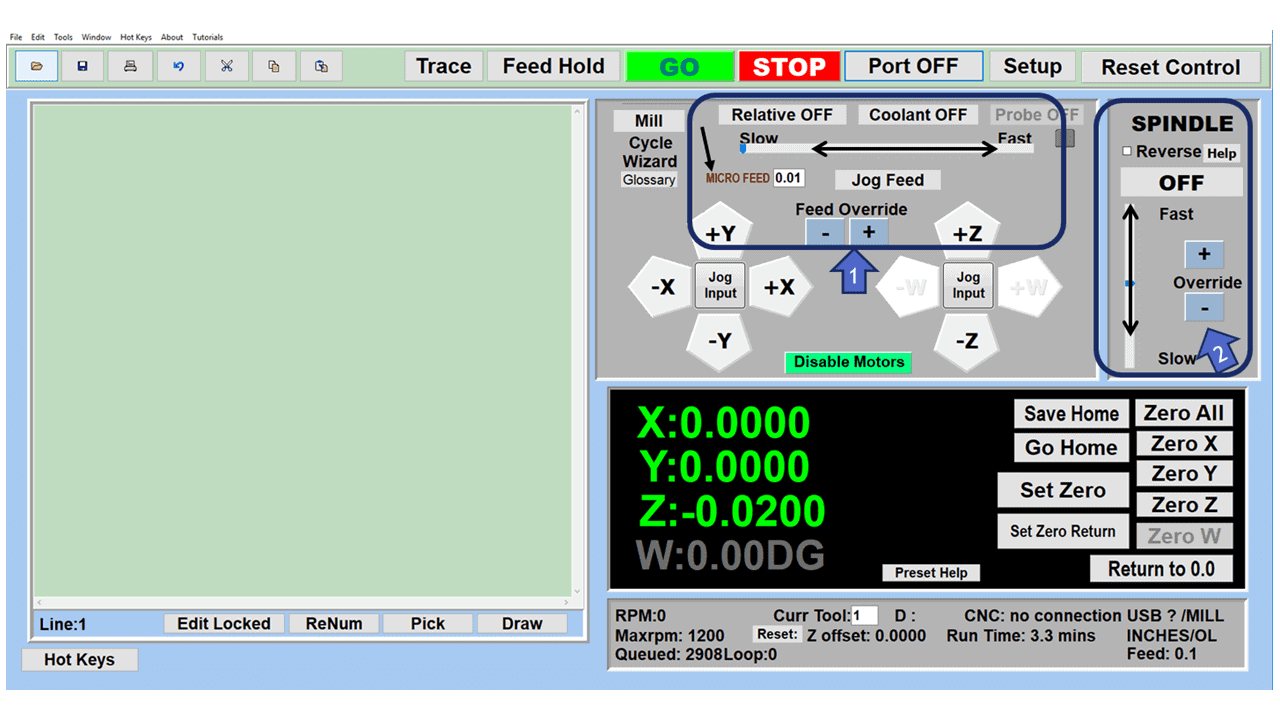Lathes spindles. Not necessarily a fascinating topic, but there’s no single part more important to the function of a lathe than the spindle.
What is the lathe spindle? The spindle connects to the lathe engine’s axle through the headstock. It’s the part of the lathe that rotates – without the rotating spindle, a lathe isn’t a lathe at all. The spindle itself is typically a metal plate or disc. Some will have a shaft extending out over the bed of the lathe, while others will simply be flush with the headstock.
The rotating part of the spindle connects back through the headstock to the axle. In other words, the spindle works as a bridge – it connects the rotating motion of the axle to the workpiece and through to the tailstock, giving the lathe its unique range of cutting operations.
All About Lathes
Lathes, or turning machines, are one of the oldest machine tools. Unlike milling machines, lathes rotate the workpiece rather than the cutter. This allows for cuts to be made along unusual geometries – cutting threads on a shaft, for instance. Lathe tools are typically stationary cutters, though in some instances the cutting tool itself can be mounted to the spindle, giving it the same action as a traditional drill.
Lathes come in all shapes and sizes, from industrial CNC machines to mini lathes. Lathes are commonly used both for woodturning and metalworking. Most lathes consist of an engine housing, a headstock, a spindle or motor spindle that connects to the engine, the length of the bed, and then the lathe tailstock. The tailstock often has its own spindle, which allows a workpiece to be mounted between centers – two points of contact for better support, but still rotating cleanly.
Two kinds of spindles
Machining spindles come in a number of varieties, but all spindles will either be direct-drive or belt-driven. Belt-driven spindles are typical of older lathes; they take longer to spin up to their top RPMs and longer to slow down. Those cycle times become important when processing a high volume of parts, particularly smaller parts with shorter operation times. In extreme cases, it could take almost as long to spin up the lathe as it would to machine the workpiece.
Direct-drive spindles are standard for modern lathes. They can reach top spindle speeds up to twice as fast as belt-drive models and are correspondingly better for high-volume production runs.
All about connections
The spindle connects the rotating axle to the workpiece – but how?
Originally, most manufacturing lathes featured threaded spindles. Chucks and clamps could be threaded onto the spindle, then used to secure the workpiece. However, under the right conditions, those threaded spindles could come free. If an operator started the spindle in reverse, then attempted to correct his mistake too quickly, the inertia of the workpiece would cause it to quickly un-screw itself from the spindle. Then the chuck, workpiece, and anything else attached to it would launch, spinning, down the length of the lathe bed – smashing everything and everyone in its path.
To solve this problem, most modern lathes have moved beyond threaded spindles. Today you’ll find various locking mechanisms designed to allow chucks and cutting tools to mount quickly but securely to the spindle, without the fear that a sudden reverse would cause them to break free.
Cam locks, locking bolts, and other methods give today’s operators more assurance that nothing will come detached. But the most common method of securing chucks to the spindle is through the use of a taper.
Machine tapers use a conical “male” fitting that slots into a “female” threaded hole. Some tapers rely on friction alone to lock the pieces together, while others use a pin, screw, or drawbar at the base of the taper to keep the two pieces tied together.
Tapers aren’t just used on lathes – they’re common on other machine tools, and across the larger world of power tools.
What to consider with lathe spindles
Need a new spindle for your lathe? Most lathes will have a set spindle size – they’re not entirely interchangeable. You may be able to change connections, add an accessory like a better chuck, or find an adaptor for a new spindle connection. Whatever you do, you’ll need to keep a few things in mind:
Size – the bigger the lathe, the bigger the spindle. In particular, metal lathes require heavy-duty, reinforced spindles that can take the weight of heavy metal workpieces. If you decide to replace or upgrade your spindle, don’t skimp – buy something that’s able to take the wear and tear.
Ease – MT (machine taper) is the standard connection, but there are others. And tapers themselves come in more than one variety – there are standard machine tapers, but also morse tapers, which lack the added security of the drawbar. Use the taper that’s easiest, or consider matching it to the other tools in your shop.
Speed – file this consideration alongside size. Turning machines will have a top spindle speed. Smaller lathes may actually require a high-speed spindle, while larger lathes will rely less on speed and more on high torque.
These considerations don’t apply only to metal lathes; shops using wood lathes will also need to take proper care of their machine spindles. Most woodworking lathes won’t require the same heavy-duty spindles that high-end CNC lathes use.
Spindle care
Spindles are the driving force behind your lathe machine. Abuse them, and you risk spindle failure and a useless lathe.
Balance – most spindles will include set screws to keep the spindle evenly balanced and spinning freely. Be sure to verify and calibrate your spindle when replacing an old spindle or upgrading.
Lubrication – Spindles aren’t just a connection point; they include finely-ground bearings and inner workings to make sure that the entire system works smoothly. Most spindle failures don’t occur from a heavy load – they come from poor maintenance and a lack of lubrication or coolant, leading to spindle bearing lockup and failure.
Purchase replacement spindles or upgrades from reputable manufacturers. Old spindles can often be repaired rather than replaced; use a reliable repair center to get your lathe back up and running quickly.
Conclusion
The lathe spindle (or spindles) is a critical part of any new or used lathe. When buying a replacement or DIY repairing an old one, be sure to spend the time and money to do the job right.
Your lathe will thank you for it!

